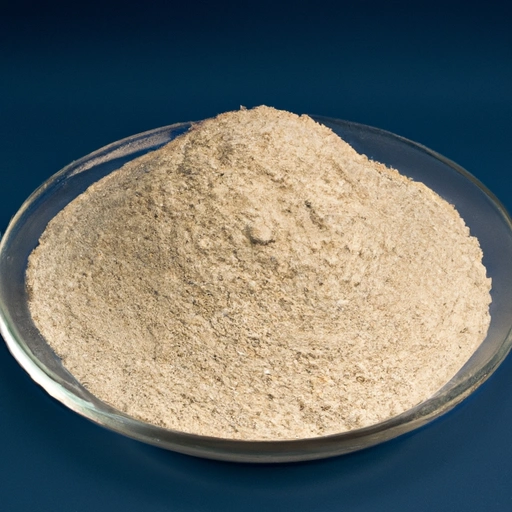Graham Flour
Description

Graham flour is a type of whole wheat flour named after Sylvester Graham, an American dietary reformer in the 19th century. It is made by finely grinding the endosperm of wheat kernel, while the bran and germ are coarsely ground and then recombined with the flour. This process results in a coarse, textured flour that is more nutritious than standard white flour. Graham flour is often used in baking to create a distinctive flavor and texture in goods such as breads, crackers, and crusts.
Common uses
Graham flour is commonly used to make graham crackers, pie crusts, and rustic breads. It adds a nutty flavor and rich texture to recipes. In addition to traditional uses, it can also be used to thicken soups and stews or as a breading for meats and vegetables.
Nutritional value
Calories
One cup of graham flour (approximately 138 grams) contains around 400 calories (1674 kilojoules).
Protein
This flour is a good source of protein, providing about 16 grams per cup.
Fat
Graham flour contains a moderate amount of fat, with roughly 2.5 grams per cup.
Carbohydrates
Carbohydrates are abundant in graham flour, with about 84 grams per cup.
Vitamins
It is an excellent source of several B vitamins, particularly niacin and vitamin B6.
Minerals
Graham flour is rich in minerals, including iron, magnesium, phosphorus, potassium, and zinc.
Health benefits
Consuming graham flour can contribute to a balanced diet due to its high fiber content. It aids digestion and may help lower cholesterol levels and regulate blood sugar. Furthermore, the presence of B vitamins supports metabolic health and energy production.
Potential risks
As with any wheat product, graham flour contains gluten and is thus not suitable for those with celiac disease or gluten sensitivity. Overconsumption of any type of flour can lead to weight gain and associated health issues.
Common recipes
Graham flour is often used in recipes such as graham cracker pie crusts, whole wheat bread, and muffins. It is also a key ingredient in traditional graham crackers.
Cooking methods
When cooking with graham flour, it usually requires more moisture due to its coarser texture. It's often blended with other flours to achieve the right consistency for cakes and pastries.
Pairing with other ingredients
The nutty flavor of graham flour pairs well with cinnamon, honey, and molasses. It can also complement savory flavors in whole grain bread and pizza dough.
Summary
Graham flour is a nutritious whole wheat flour with a unique coarse texture and rich flavor profile. It offers numerous health benefits due to its high fiber content and essential nutrients. While it is versatile in baking and cooking, it should be avoided by those with gluten intolerances. Graham flour remains a beloved ingredient for its historical significance and its contribution to a wholesome diet.